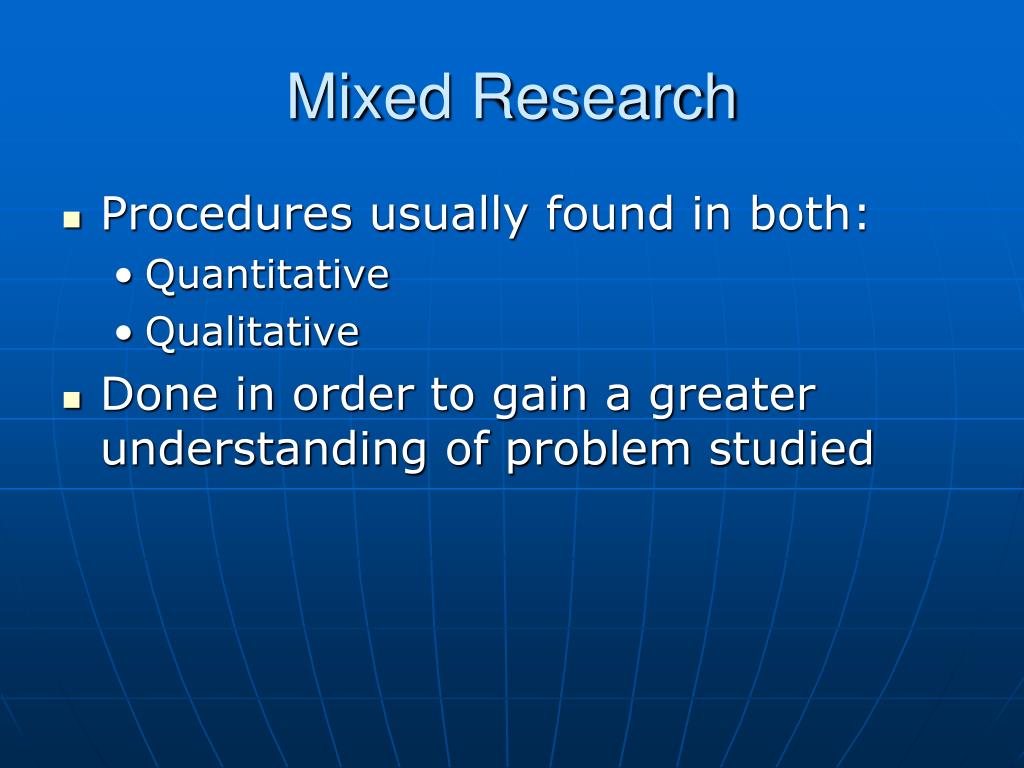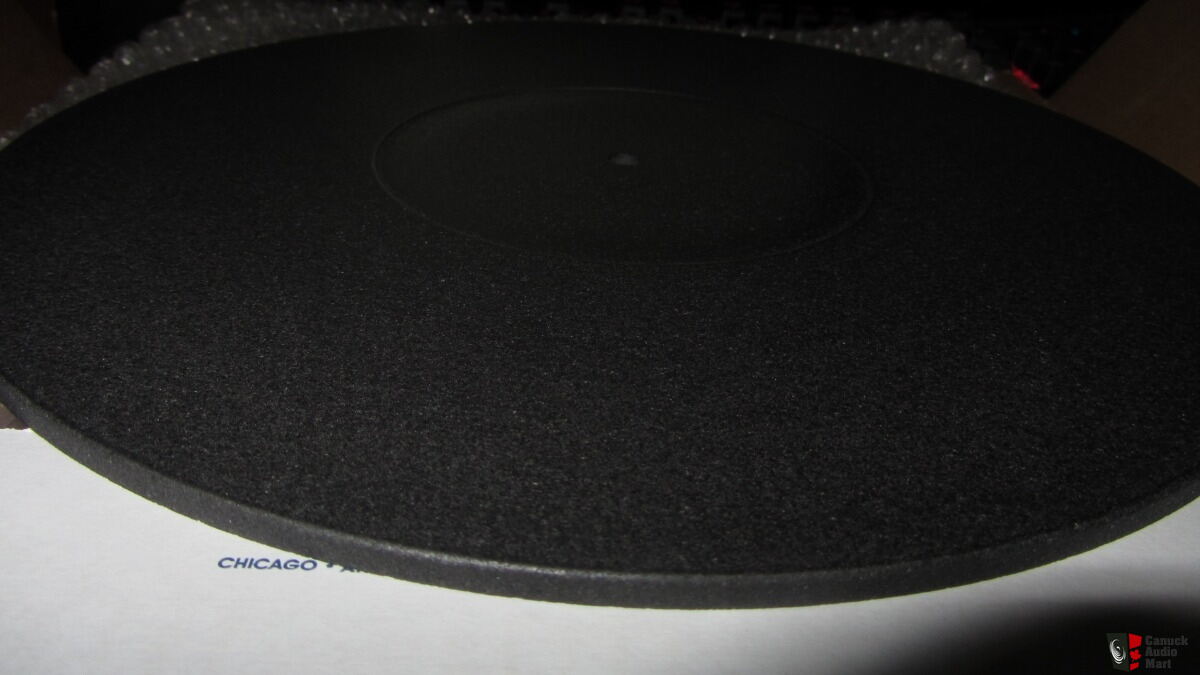Table Of Content

House flies produce a buzzing sounds which is a result of their two wings beating together. House flies tend to stay within 1-2 miles of where they were born, but they have been documented for migrating up to 20 miles in order to find food. Since house flies don’t have teeth, they can only feed on liquids. However, they use their sponging mouthparts to liquefy many solid foods through spitting or regurgitation. House flies feed on a wide variety of substances such as human food, animal carcasses and garbage. They are particularly attracted to pet waste because of its potent odor.
House flies can wake up in spring when weather is warmer - VERIFYThis.com
House flies can wake up in spring when weather is warmer.
Posted: Mon, 02 Oct 2023 07:00:00 GMT [source]
Life Cycle of a Housefly: Birth, Buzz, and Beyond
More commonly, insecticides (especially insect growth regulators) can be fed to livestock, and residual insecticide in the manure inhibits fly breeding. In animal facilities, insecticides are often applied to the favored resting places of adults, or bait stations established to poison adults with either solid or liquid formulations. Continuous exposure of flies to insecticides has led to development of insecticide resistance to many insecticides. Of particular concern is the movement of flies from animal or human feces to food that will be eaten uncooked by humans. Also, when consumed by flies, some pathogens can be harbored in the mouthparts or alimentary canal for several days, and then be transmitted when flies defecate or regurgitate. In situations where plumbing is lacking, such as open latrines, serious health problems can develop, especially if there are outdoor food markets, hospitals, or slaughter houses nearby.
Dig Deeper on House Flies
However, they also have an affinity for human foods like sugar, fruits, meats, and milk products. This is why you often find houseflies buzzing around your kitchen or picnic area. They can damage crops by laying eggs on them, which further develop into larvae causing harm to the plant tissue.
Human Interactions: Houseflies In Residential Areas, Attraction To Food, Etc
It is an essential part of their diet, as flies cannot live more than 48 hours without access to water. When you are ready to contact a pest control professional, you can find one with the helpful zip code search below. The culmination of these rituals is copulation if all goes well for our persistent male suitor. Traps can be baited with molasses, sugar, fruit or meat, and often are used in combination with a device that captures the attracted flies. The sex pheromone (Z)-9-tricosene also functions as an aggregation pheromone, and is called muscalure. Muscalure is formulated with sugar as a commercially-available fly bait for local population suppression, as well as an enhancement for population monitoring.
Sticky traps
House flies are monitored with baited traps, sticky ribbons, or spot cards on livestock facilities. Spot cards are 3-inch by 5-inch white index cards attached to fly resting surface. A minimum of five cards should be placed in each animal facility and left in place for seven days.
Natural Remedies

It’s during this period that maggots encase themselves in a protective shell and metamorphose into adult flies. This transformation takes around four to six days under optimal conditions but can stretch out to two weeks when temperatures are cooler. During this phase, which typically lasts from three days to two weeks, depending on environmental conditions, the larval body undergoes significant changes. It breaks down and reorganizes into an adult fly through a process known as histolysis and histogenesis, respectively. In simpler terms, old tissues dissolve while new ones are formed.
Houseflies typically enter from the outside but will sometimes breed indoors. Breeding sites inside are more common in buildings with interior garbage rooms and compactors. Houseflies, also known as nuisance flies, are well-known pests in homes worldwide. Contact your local Orkin Pro if you have house flies or maggots in or near your home. They will conduct an inspection to determine what may be the cause of these pests and provide the proper treatment methods to help remove them.
Different House Fly Species
It’s this duality that makes understanding the life cycle of a housefly so significant – not just from an ecological perspective but also from a public health standpoint. This is primarily due to the rapid reproductive rate of houseflies – a single female can lay up to 500 eggs in her lifetime – which outpaces predation rates. Firstly, temperature plays a pivotal role in the development and survival of houseflies. Houseflies thrive in warm temperatures, with the optimum range being between 20°C – 30°C (68°F – 86°F).
They normally function by electrocuting flies that enter the trap, though those used in restaurants typically have a sticky panel. Flies do not orient to traps from a great distance, so several are normally needed for them to be effective. Placement should include within 4 to 8 m of entryways, and within 1.5 m of the floor, to take advantage of fly flight behavior. They should be operated continuously, although they are most effective when the room lights are off.
House flies are not only nuisance pests while buzzing around homes, but they are potential disease carriers. House flies have short lifespans, but they can quickly reproduce in large numbers, leading to large house fly populations if not identified and effectively controlled. In summary, under perfect conditions – warm temperatures, high humidity levels, ample food supply – a housefly can complete its life cycle within ten days. However, external factors such as cold weather or lack of food can prolong each stage of development leading to an extended life cycle that may last up to several weeks.
Visual representation is a powerful tool that can significantly enhance our understanding of complex processes, such as the life cycle of a housefly. It provides a clear and concise overview of the process, allowing us to visualize each stage and understand how they are interconnected. Once metamorphosis is complete, an adult fly emerges from the puparium. Adult houseflies live for about two to four weeks, during which they mate and continue the cycle. If you’re having a persistent fly problem that won’t go away, chemical-based solutions can be a fast way to get rid of house flies. If your home has been invaded by house flies, this guide will help you eliminate them and prevent more flies from swarming in.
In addition to being attracted to our food, houseflies also seek out moist environments for breeding purposes. Common household items like damp mops or buckets of water can serve as ideal breeding grounds for these pests. Even pet waste left unattended in your backyard can quickly become a thriving housefly nursery. Houseflies, like many insects, have a fascinating genetic makeup that determines various aspects of their life cycle and traits. Their genetic composition is primarily inherited from the parents through sexual reproduction, with each offspring carrying a combination of genes from both parents. This genetic transmission is responsible for the housefly’s basic characteristics such as its size, color, lifespan, and resistance to certain types of insecticides.






















